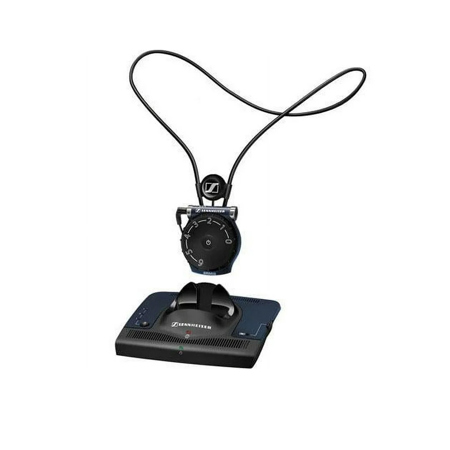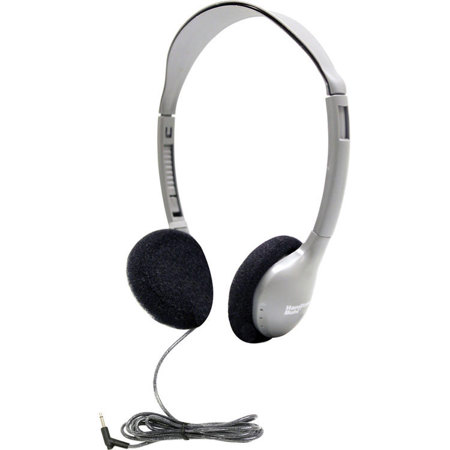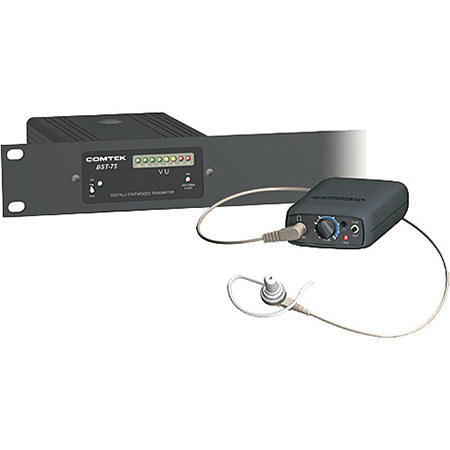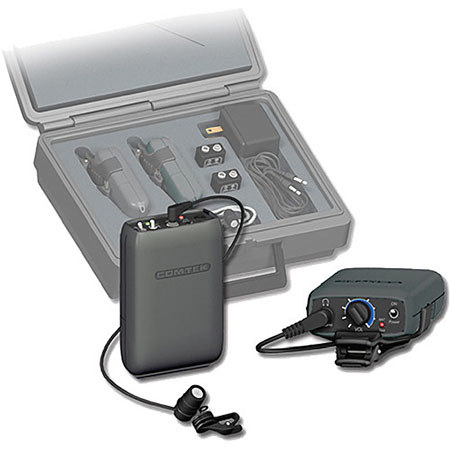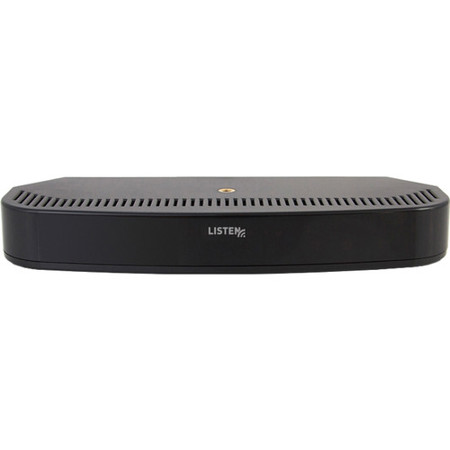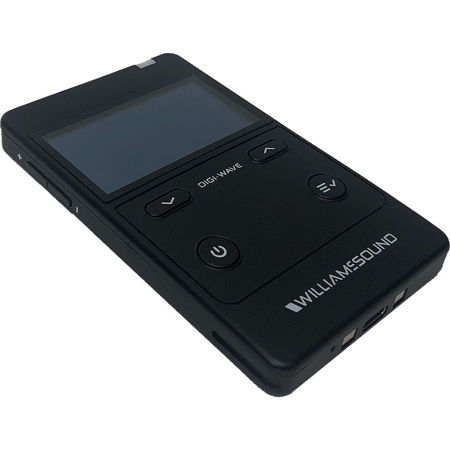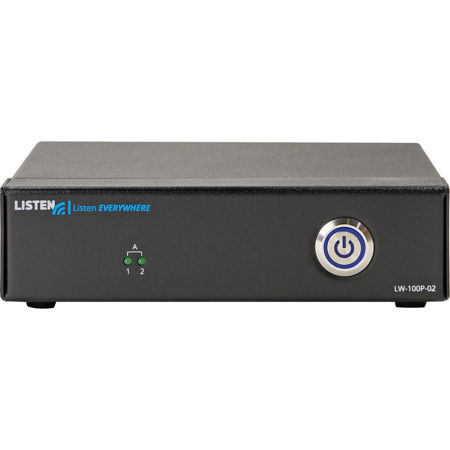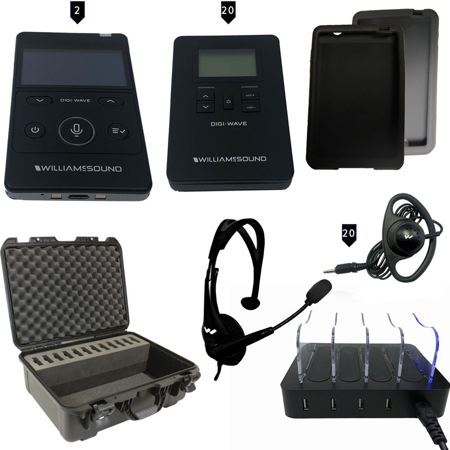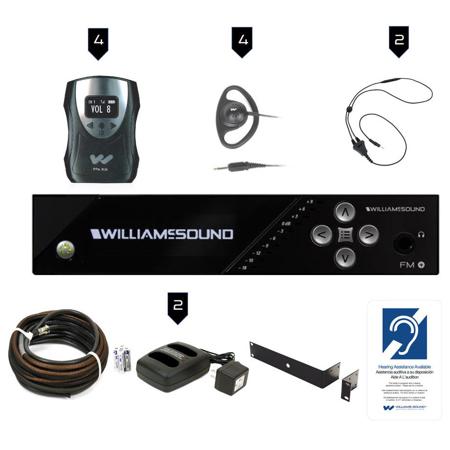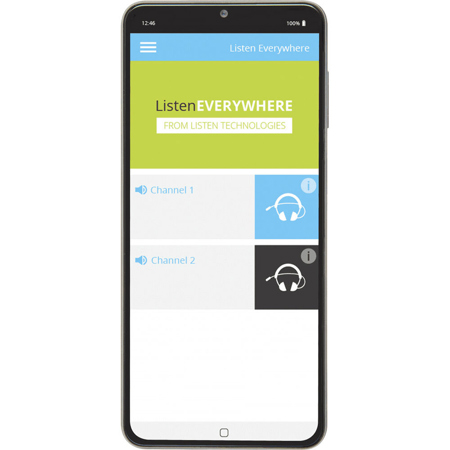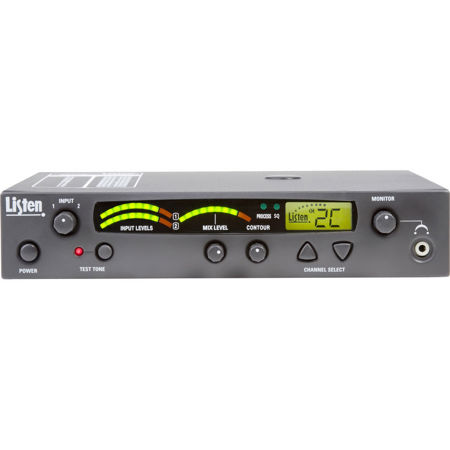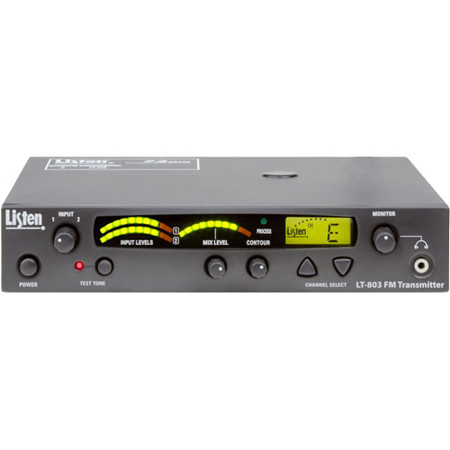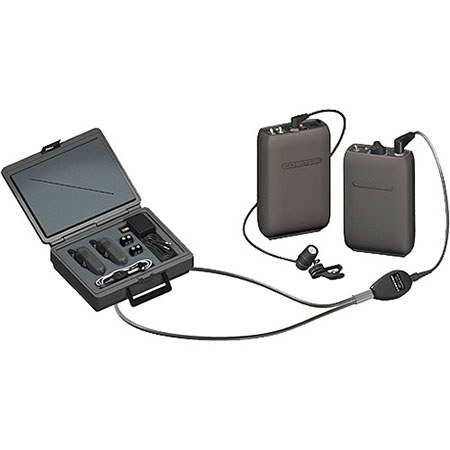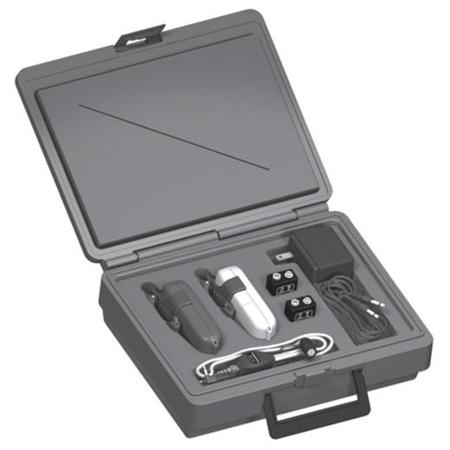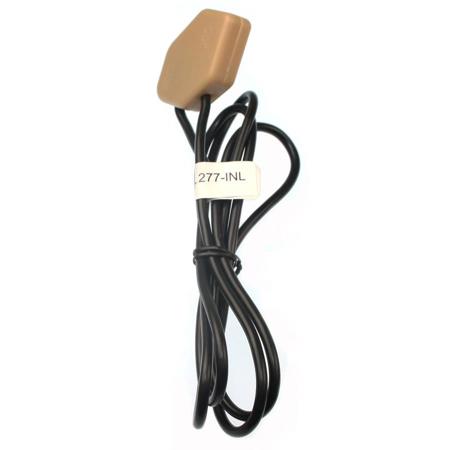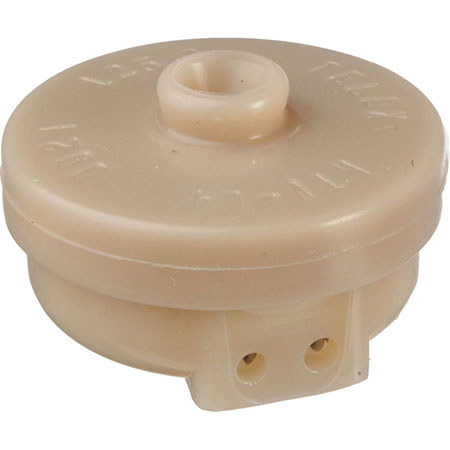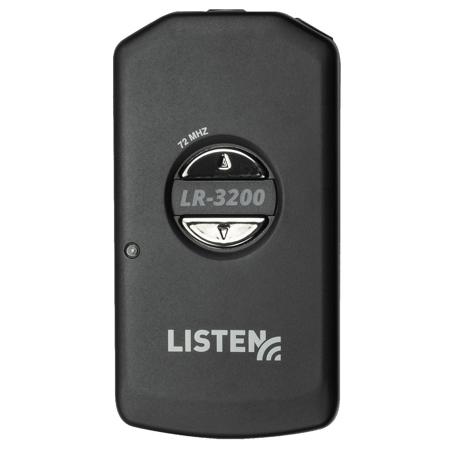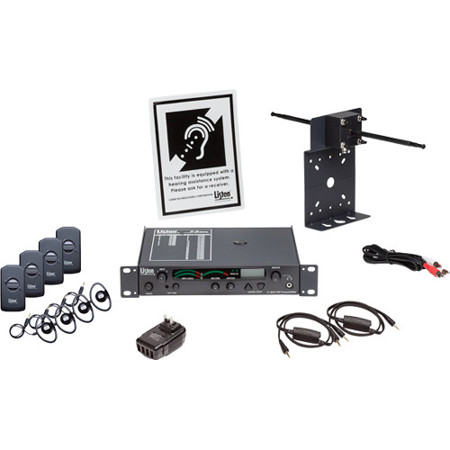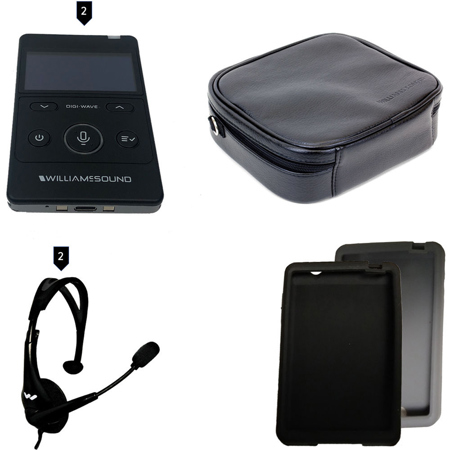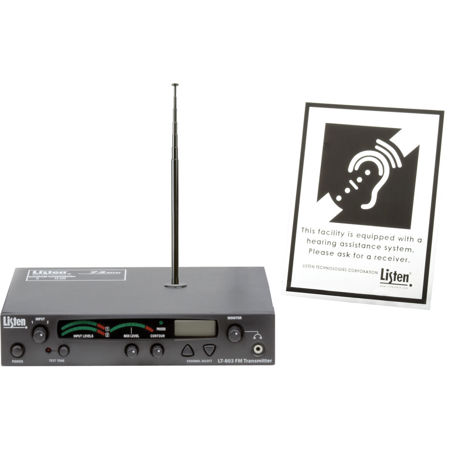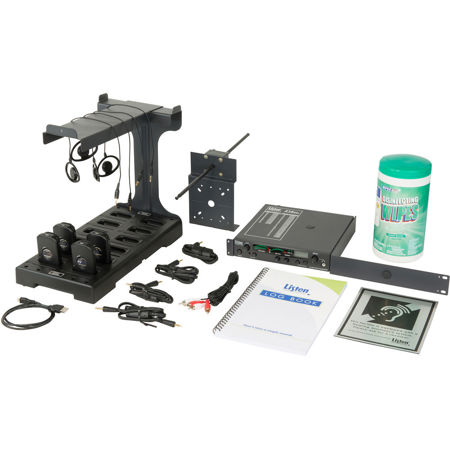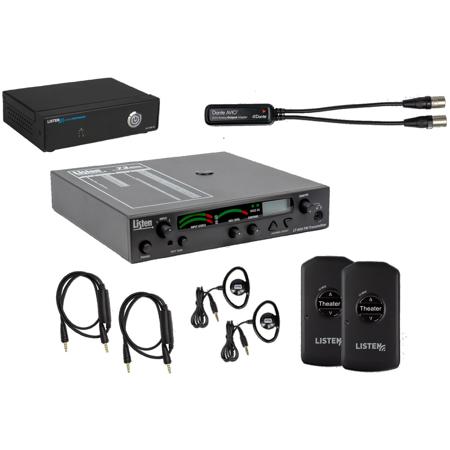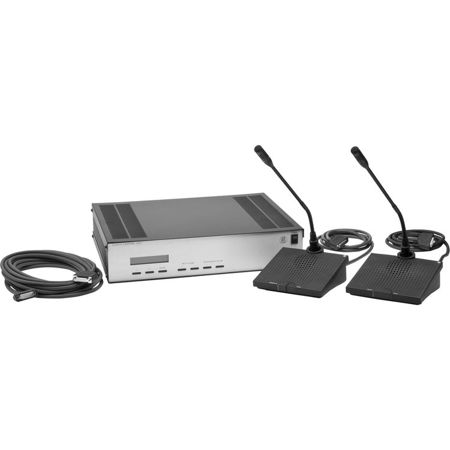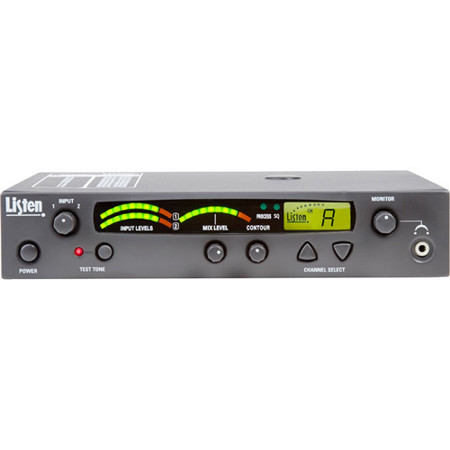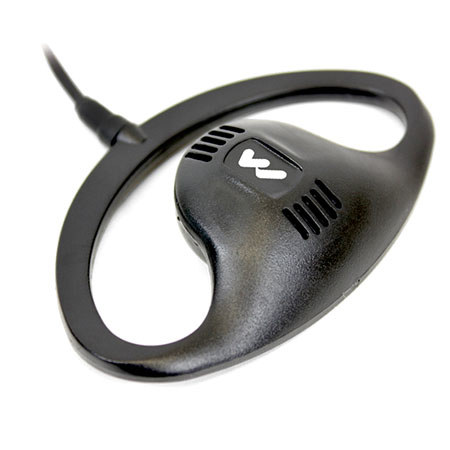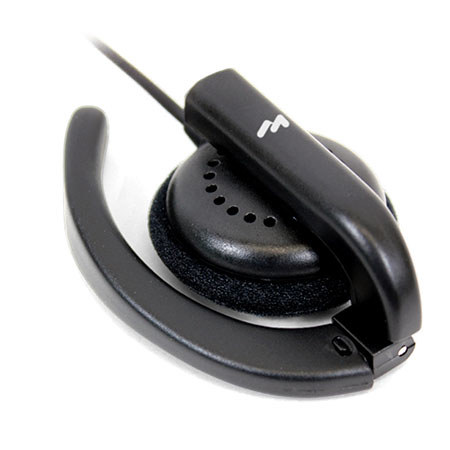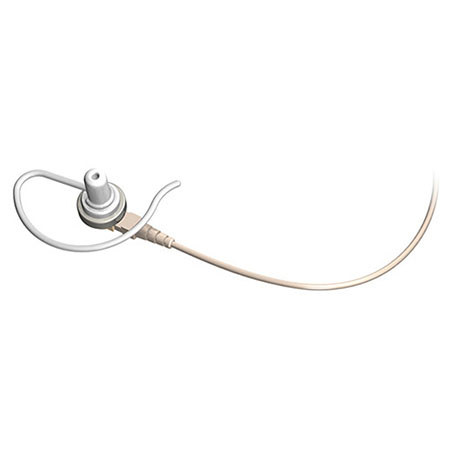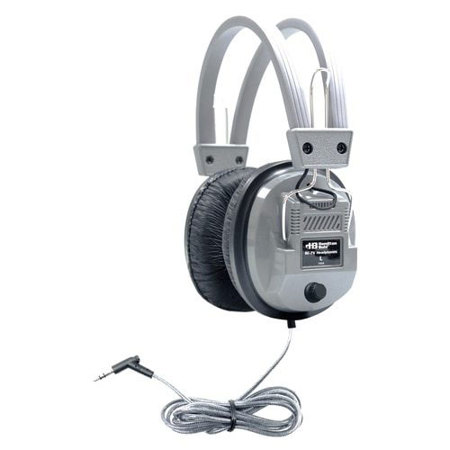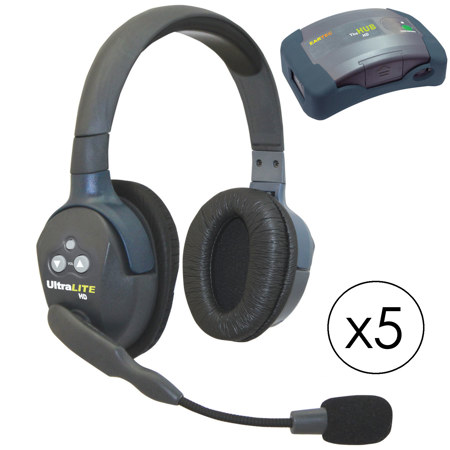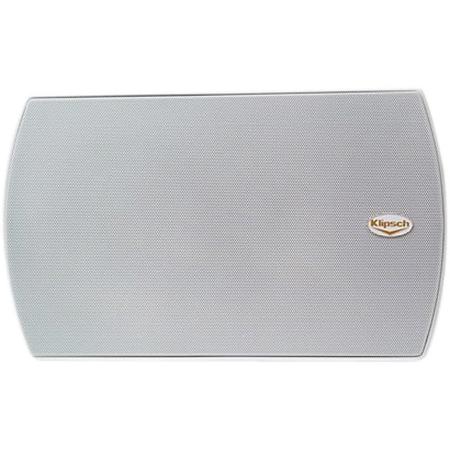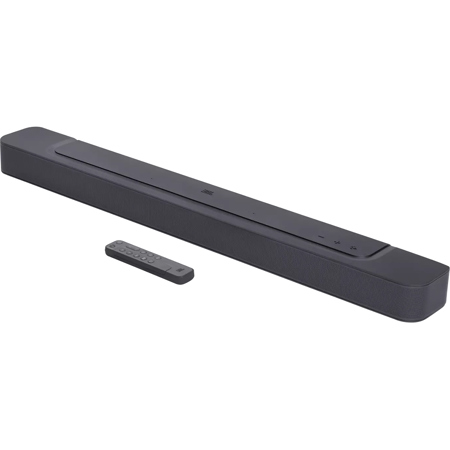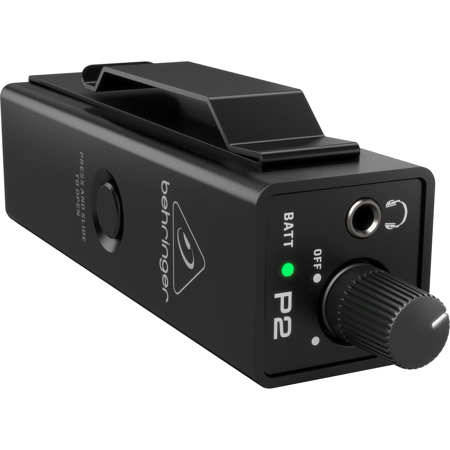Assistive Listening Device Systems
Assistive listening device systems have become essential tools for enhancing communication and accessibility in a wide range of environments, from bustling public venues to intimate home settings. As autumn arrives and gathering spaces fill with the sounds of community events, lectures, and seasonal performances, the need for clear and reliable audio grows more important than ever—especially for individuals navigating hearing challenges. These systems are specifically designed to deliver crisp, amplified sound directly to a listener’s ears, effectively bypassing background noise and distance. By doing so, they significantly improve speech clarity and reduce the strain often associated with trying to follow conversations in noisy or acoustically challenging spaces. Whether you’re considering these devices for a loved one, a friend, or yourself, their impact is immediate and life-changing: they foster greater social inclusion, support active participation in group settings, and help users feel more connected to the world around them.
When exploring assistive listening device systems, it’s helpful to understand the different technologies available and how each is suited to specific settings. Hearing loops, for example, use a wire installed around a room to transmit an electromagnetic signal that can be picked up by telecoil-equipped hearing aids or cochlear implants—a discreet solution frequently found in theaters, houses of worship, and auditoriums. FM systems, on the other hand, rely on a transmitter and receiver to send an audio signal via radio frequency, making them ideal for classrooms or situations where the speaker and listener are separated by distance or barriers. Infrared systems transmit sound using light waves and are often used in environments where privacy is a concern, such as courtrooms or conference centers. There are also personal amplifiers and Bluetooth-enabled devices designed for one-on-one conversations or streaming audio directly from smartphones and televisions. These options make thoughtful gifts for family members who might struggle to follow dialogue at family gatherings, enjoy watching television, or wish to participate more fully in community events. The versatility of these systems ensures that there’s a solution tailored for every need, from large public venues to the comfort of home.
Selecting the right assistive listening device system involves considering the specific environment, the user’s hearing needs, and the compatibility with existing hearing aids or cochlear implants. Many public spaces, such as theaters, lecture halls, and places of worship, are now equipped with built-in systems to comply with accessibility guidelines and the Americans with Disabilities Act (ADA). For those involved in organizing or upgrading audio accessibility in community spaces, resources like our Assistive Listening Systems For Churches page can offer valuable guidance on choosing the right setup for group environments. As the season brings more opportunities to connect—whether through educational pursuits, spiritual gatherings, or cultural events—having the right assistive listening device system ensures that everyone can participate fully and comfortably. With advancements in technology and a growing recognition of the importance of inclusion, these systems are more accessible and user-friendly than ever, making them an indispensable addition to both public and private spaces.
When exploring assistive listening device systems, it’s helpful to understand the different technologies available and how each is suited to specific settings. Hearing loops, for example, use a wire installed around a room to transmit an electromagnetic signal that can be picked up by telecoil-equipped hearing aids or cochlear implants—a discreet solution frequently found in theaters, houses of worship, and auditoriums. FM systems, on the other hand, rely on a transmitter and receiver to send an audio signal via radio frequency, making them ideal for classrooms or situations where the speaker and listener are separated by distance or barriers. Infrared systems transmit sound using light waves and are often used in environments where privacy is a concern, such as courtrooms or conference centers. There are also personal amplifiers and Bluetooth-enabled devices designed for one-on-one conversations or streaming audio directly from smartphones and televisions. These options make thoughtful gifts for family members who might struggle to follow dialogue at family gatherings, enjoy watching television, or wish to participate more fully in community events. The versatility of these systems ensures that there’s a solution tailored for every need, from large public venues to the comfort of home.
Selecting the right assistive listening device system involves considering the specific environment, the user’s hearing needs, and the compatibility with existing hearing aids or cochlear implants. Many public spaces, such as theaters, lecture halls, and places of worship, are now equipped with built-in systems to comply with accessibility guidelines and the Americans with Disabilities Act (ADA). For those involved in organizing or upgrading audio accessibility in community spaces, resources like our Assistive Listening Systems For Churches page can offer valuable guidance on choosing the right setup for group environments. As the season brings more opportunities to connect—whether through educational pursuits, spiritual gatherings, or cultural events—having the right assistive listening device system ensures that everyone can participate fully and comfortably. With advancements in technology and a growing recognition of the importance of inclusion, these systems are more accessible and user-friendly than ever, making them an indispensable addition to both public and private spaces.
